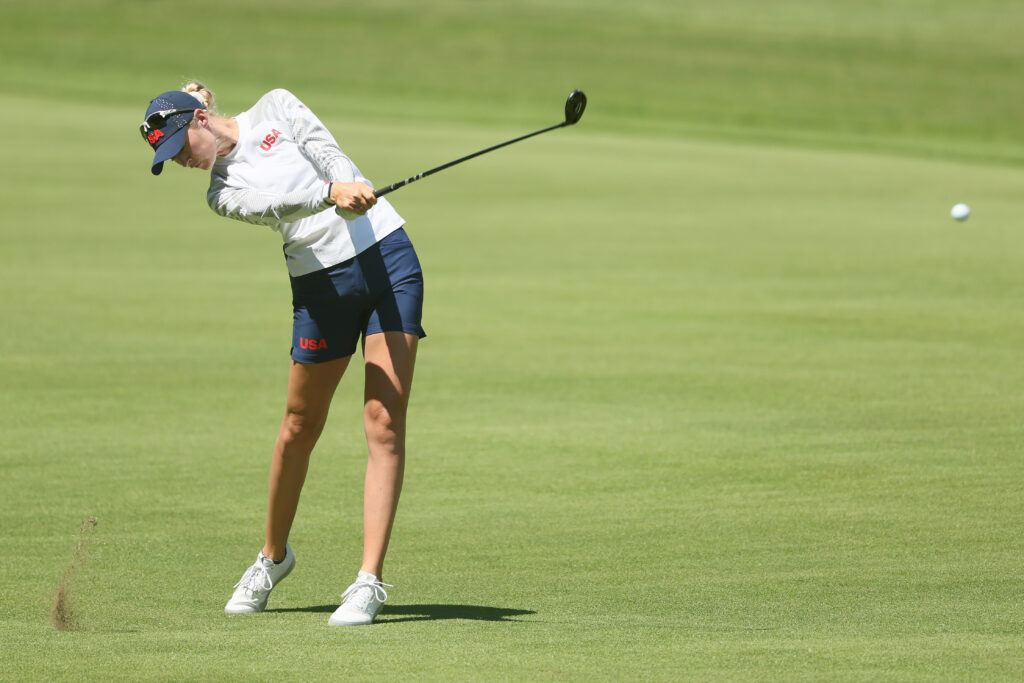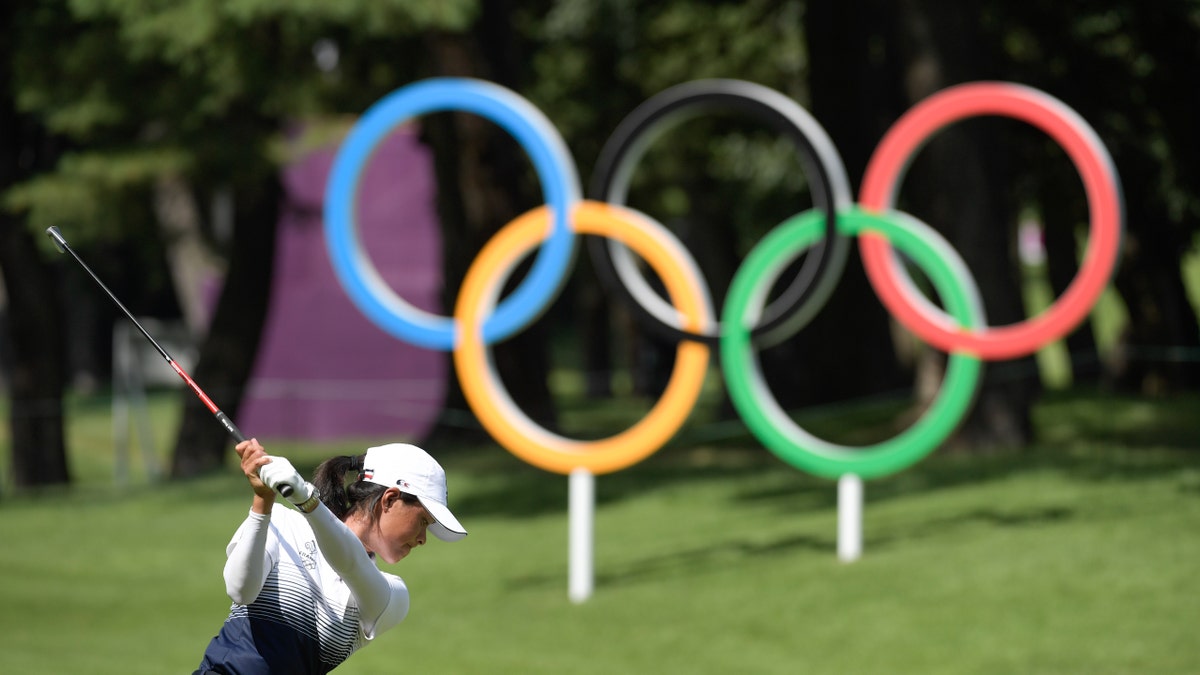Golf has captivated millions worldwide, but its inclusion as an Olympic sport has sparked curiosity among both seasoned enthusiasts and new fans. Many often wonder, “Is golf an Olympic sport?” The simple and clear answer: Yes. Golf currently holds a prestigious place in the Summer Olympic Games. However, the sport’s journey to and within the Olympics is a fascinating tale of initial presence, absence, and a powerful comeback.
Is Golf an Olympic Sport?
Yes, golf is officially recognized as an Olympic sport. After a lengthy hiatus, golf made a celebrated return to the Olympic program during the Rio de Janeiro Games in 2016. This reintroduction highlighted the global appeal and significant cultural impact of golf, placing it back into the international spotlight.
Historical Overview: Golf’s Early Olympic Years
Golf initially appeared in the Olympic Games in the early 20th century. The sport made its debut in Paris in 1900, with men’s and women’s events held at the Compiègne Golf Club. Margaret Abbott from the United States won the women’s event, unknowingly becoming the first American woman to earn an Olympic gold medal. Four years later, golf returned at the 1904 St. Louis Games, again featuring both men’s and women’s competitions. However, after the 1904 Games, golf vanished from the Olympic scene for more than a century due to organizational issues, lack of global participation, and logistical challenges.
The Olympic Comeback of Golf

Golf’s absence from the Olympics ended spectacularly in 2016. Addressing the frequently posed question, “Is golf an Olympic sport since when?” golf was officially reinstated into the Olympic program by the International Olympic Committee (IOC) in 2009, effective from the Rio 2016 Olympics. After a 112-year gap, golfers from around the globe competed once again on Olympic greens, with Justin Rose of Great Britain securing the men’s gold medal and Inbee Park of South Korea triumphing in the women’s category.
Several factors led to golf’s return, including increased global popularity, the sport’s enhanced professional organization, and significant support from major golfing associations worldwide.
Impact of Golf’s Return to the Olympics
Since its return, golf has significantly benefited from Olympic exposure. This comeback has fueled the sport’s popularity globally, attracting new players and viewers, especially in regions previously less familiar with golf. Additionally, the Olympic platform has given rise to memorable moments and global stars, greatly influencing participation rates, sponsorship opportunities, and golf-related tourism.
Olympic golfers such as Justin Rose, Xander Schauffele, and Lydia Ko have become symbols of golf’s successful reintegration into the Olympic spirit, showcasing outstanding performances that resonate far beyond traditional golfing communities.
The Future of Golf in the Olympics
The future appears promising for golf in the Olympic Games. Golf has been confirmed for upcoming Olympics, and enthusiasm continues to grow among athletes, fans, and international federations. The format, qualification criteria, and representation from diverse countries are expected to evolve, making Olympic golf even more compelling and inclusive.
Frequently Asked Questions (FAQs)
Q: When did golf first become an Olympic sport?
A: Golf first appeared in the Olympics in 1900.
Q: Why was golf removed from the Olympics initially?
A: It was removed after 1904 due to limited global participation and logistical issues.
Q: Is golf an Olympic sport since when?
A: Golf was reinstated in 2009 and officially returned at the 2016 Rio Games.
Conclusion
Golf’s Olympic journey underscores a narrative filled with tradition, challenges, and remarkable triumphs. Its reappearance in the Olympic program not only reaffirms golf’s global significance but also signals a vibrant future for the sport. As the Olympic Games continue to evolve, golf’s ongoing presence promises thrilling competition and endless opportunities for growth.

